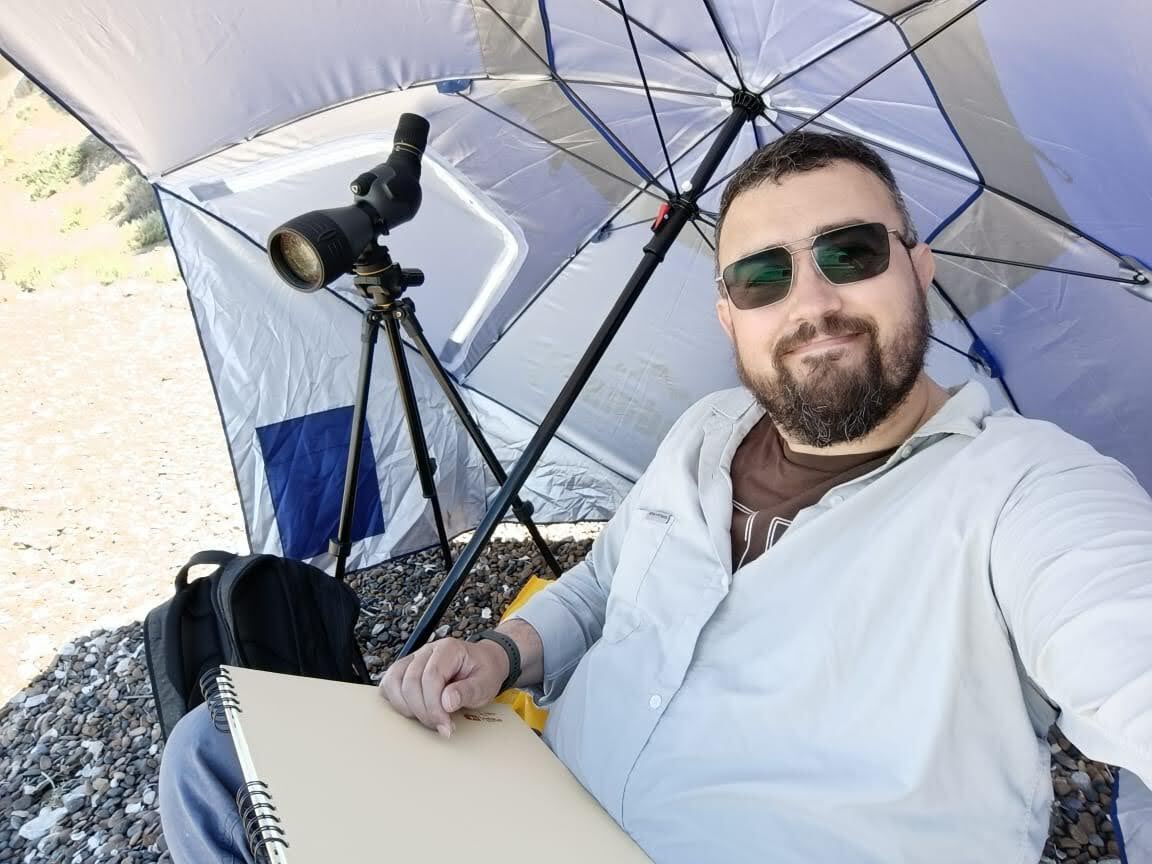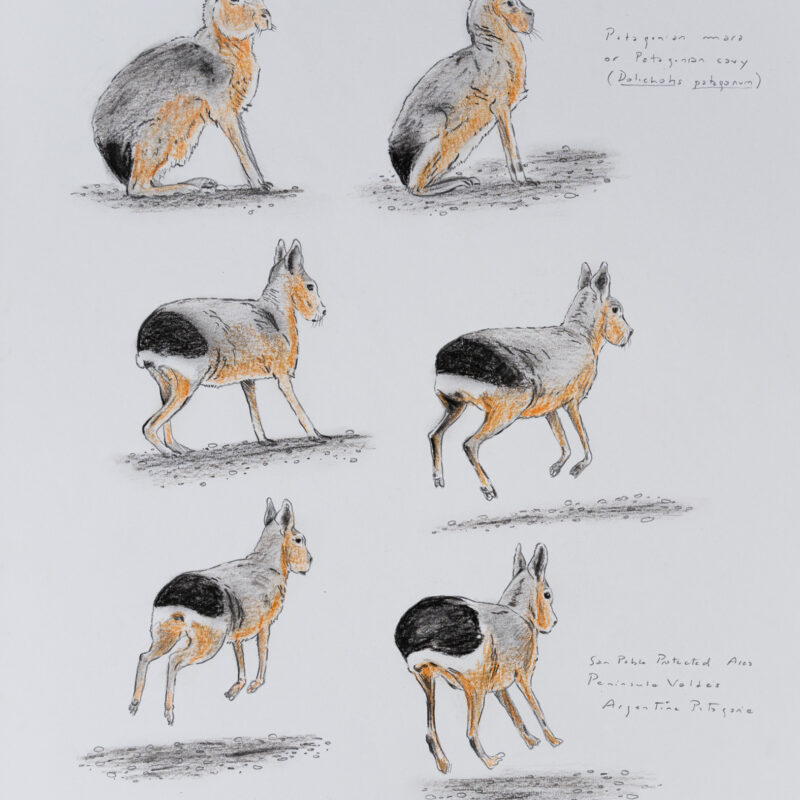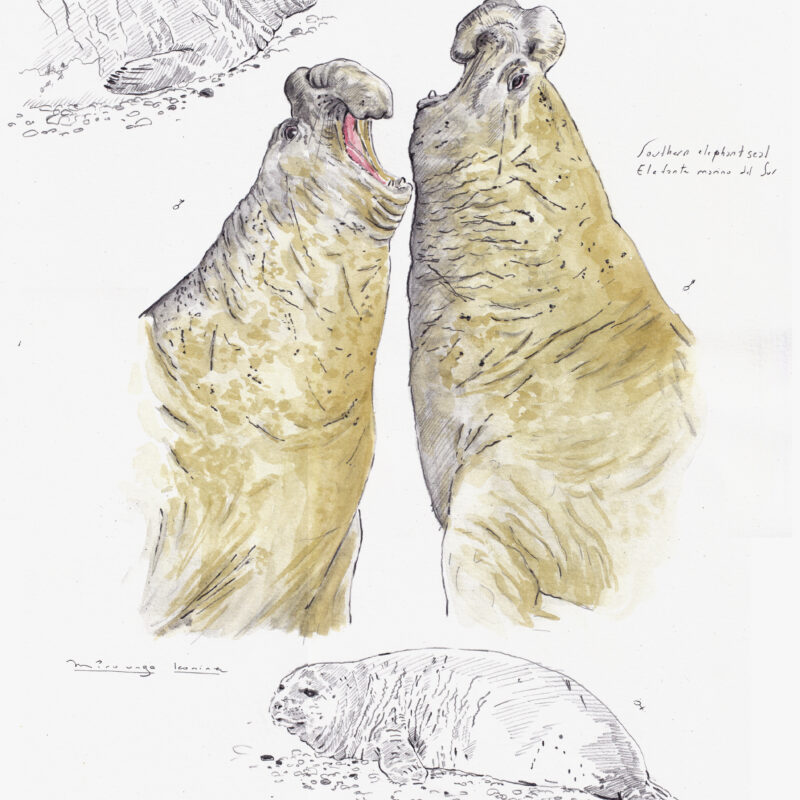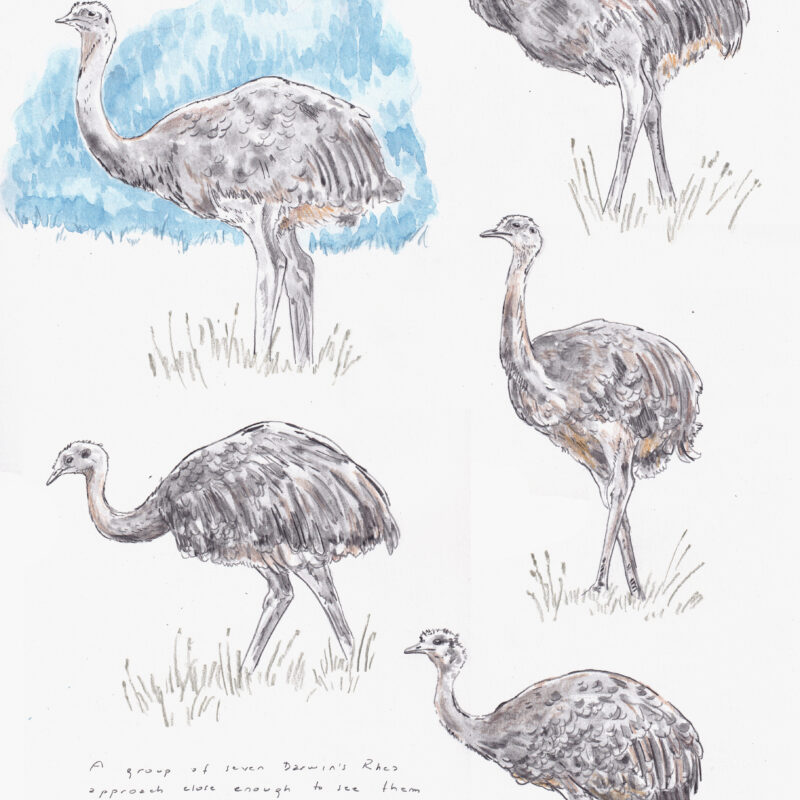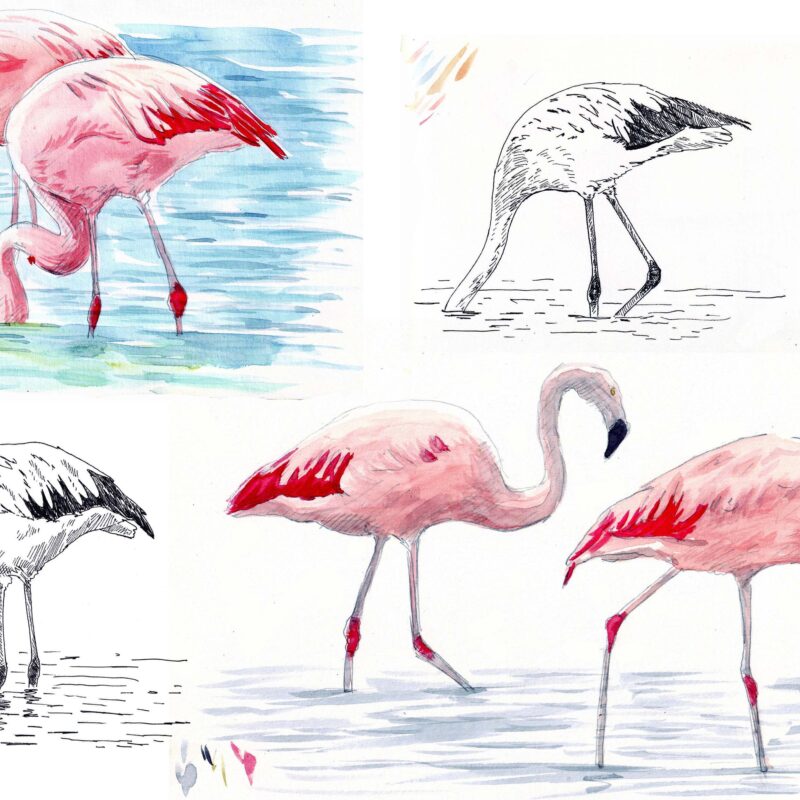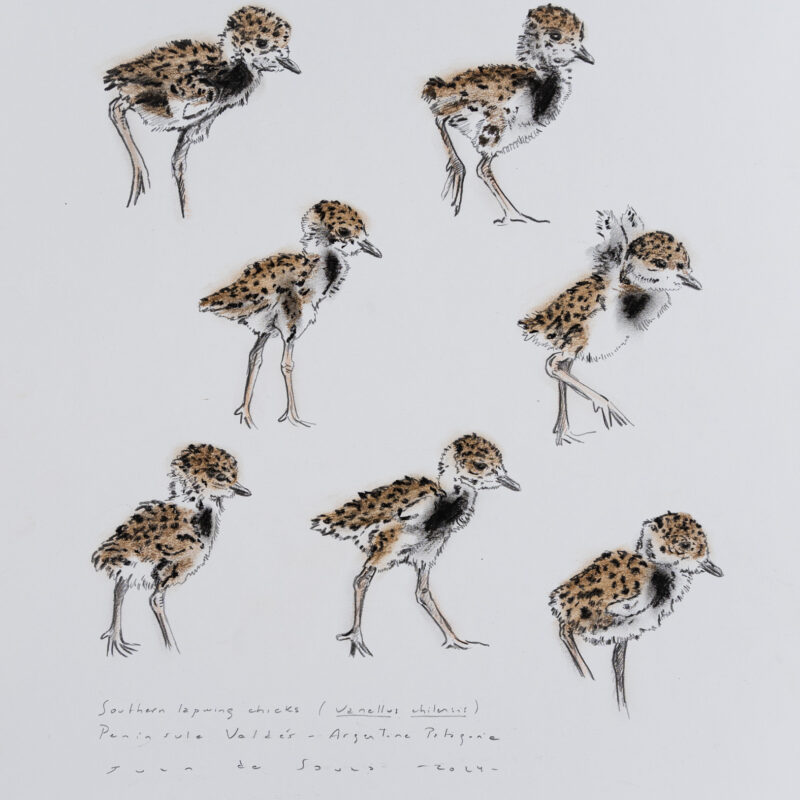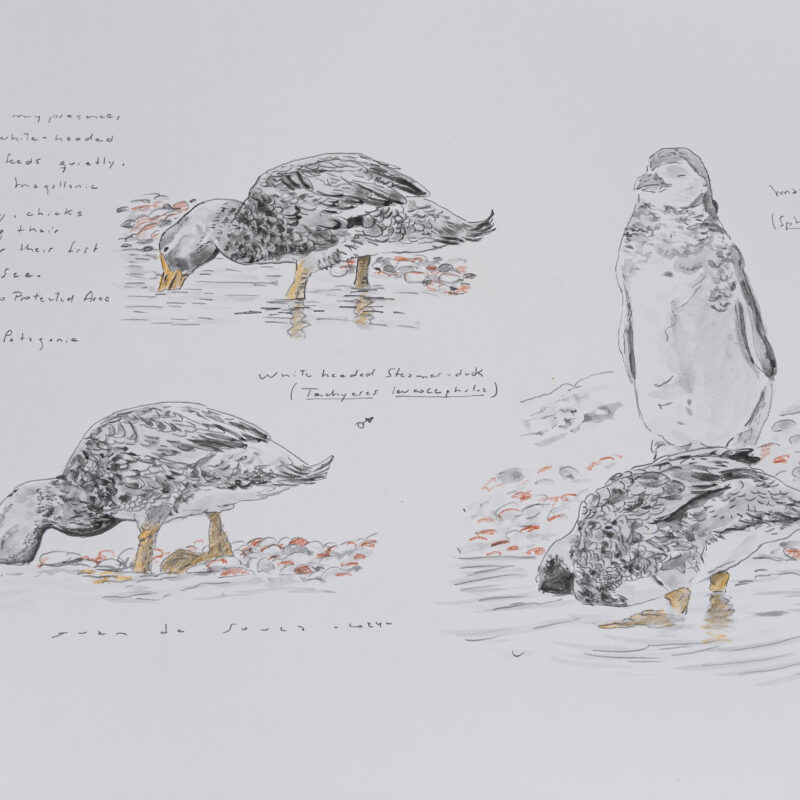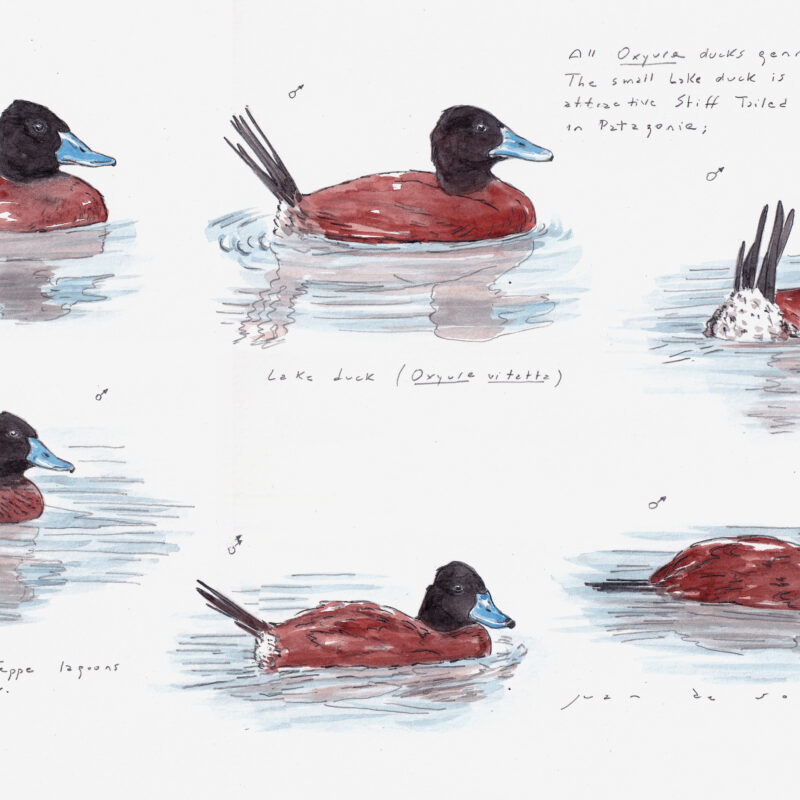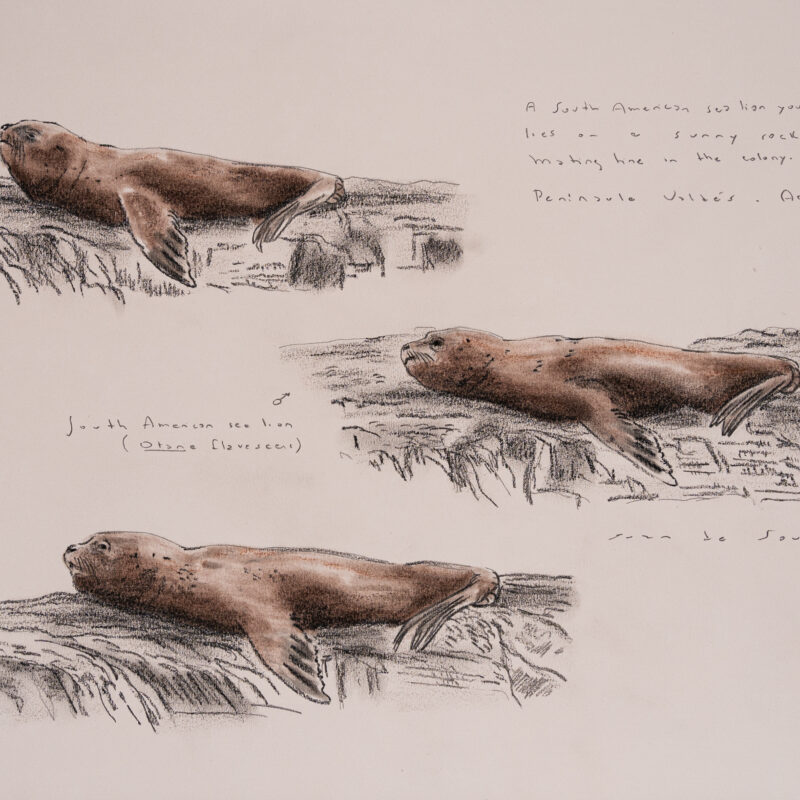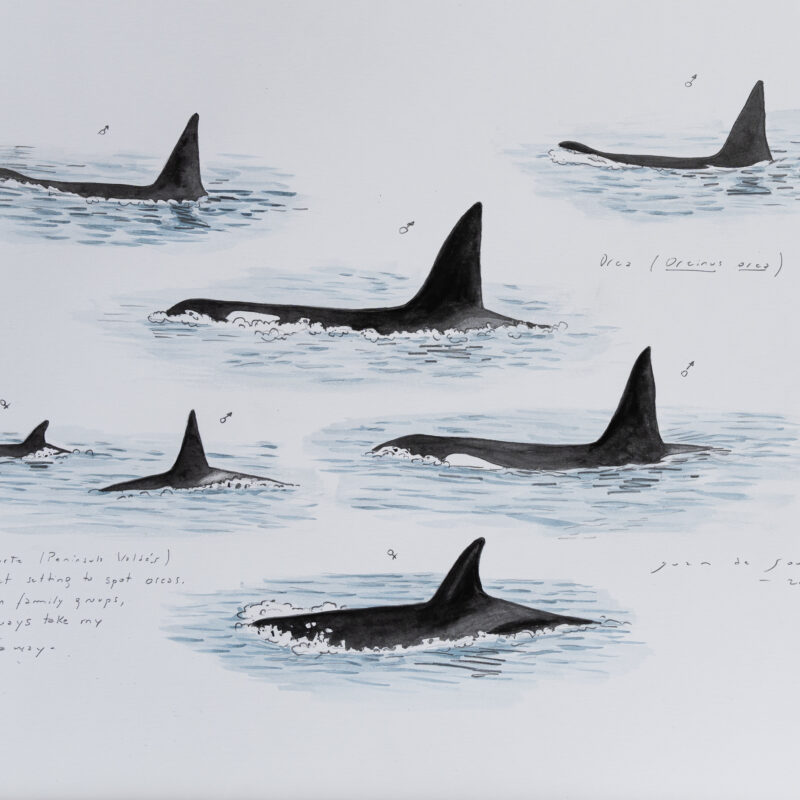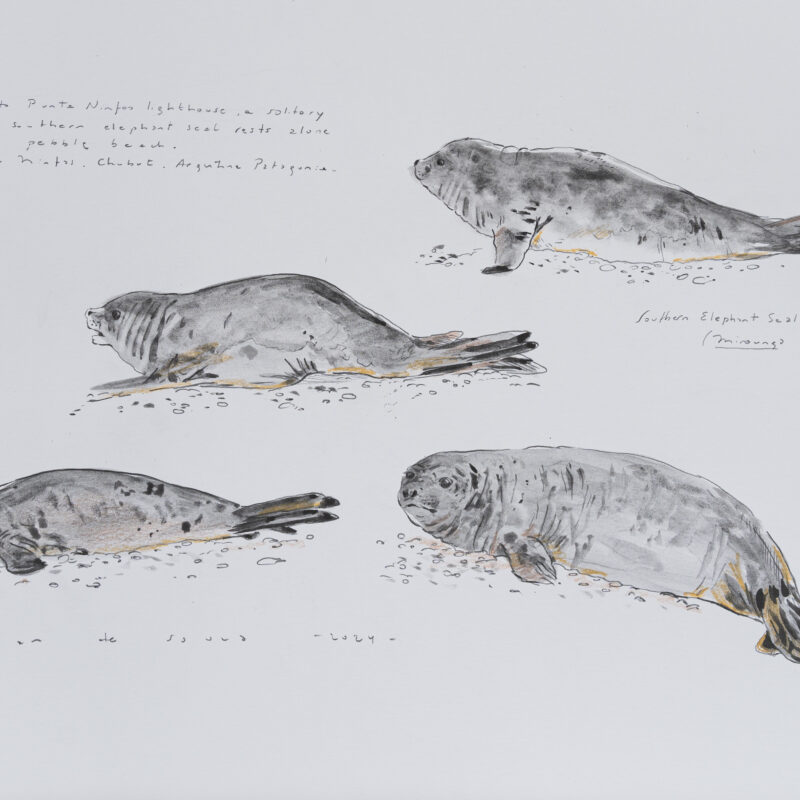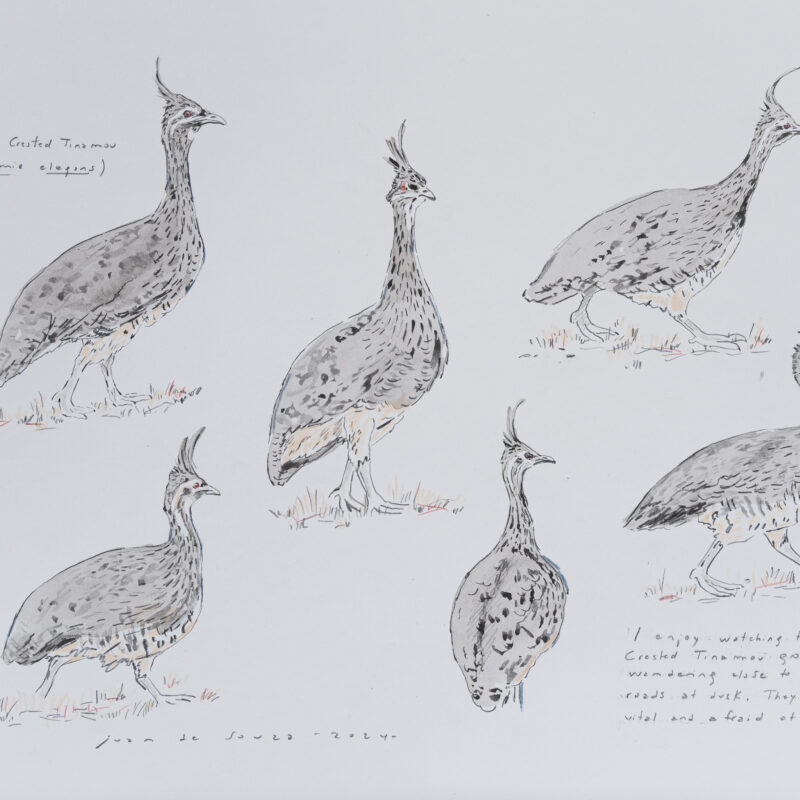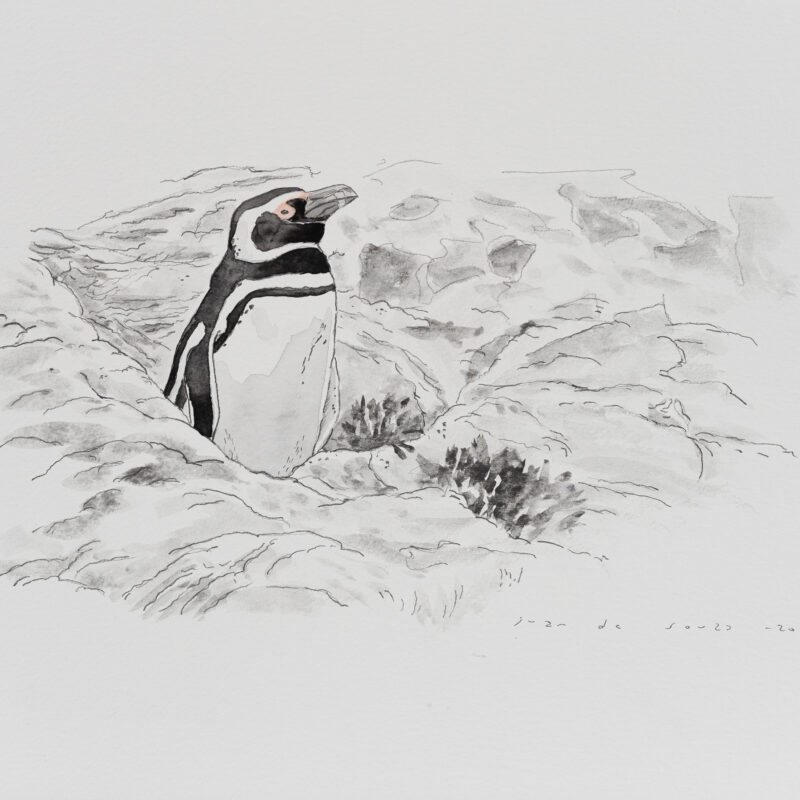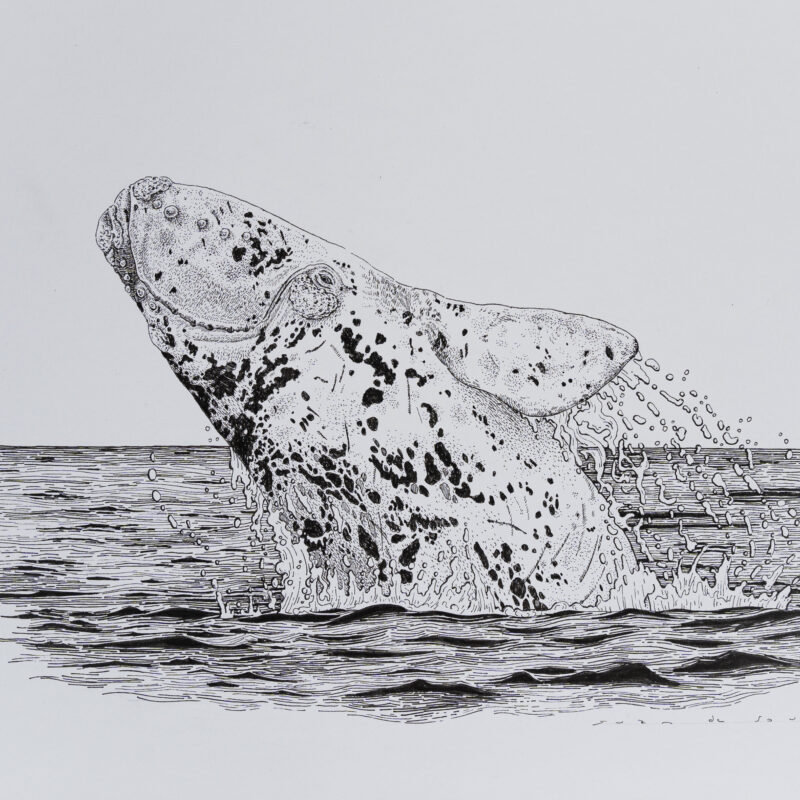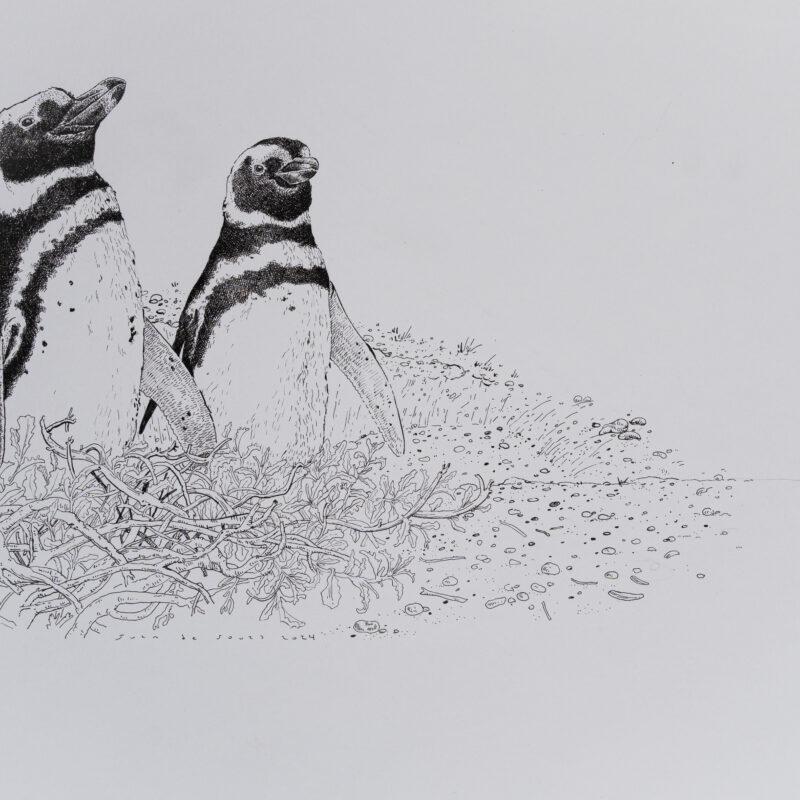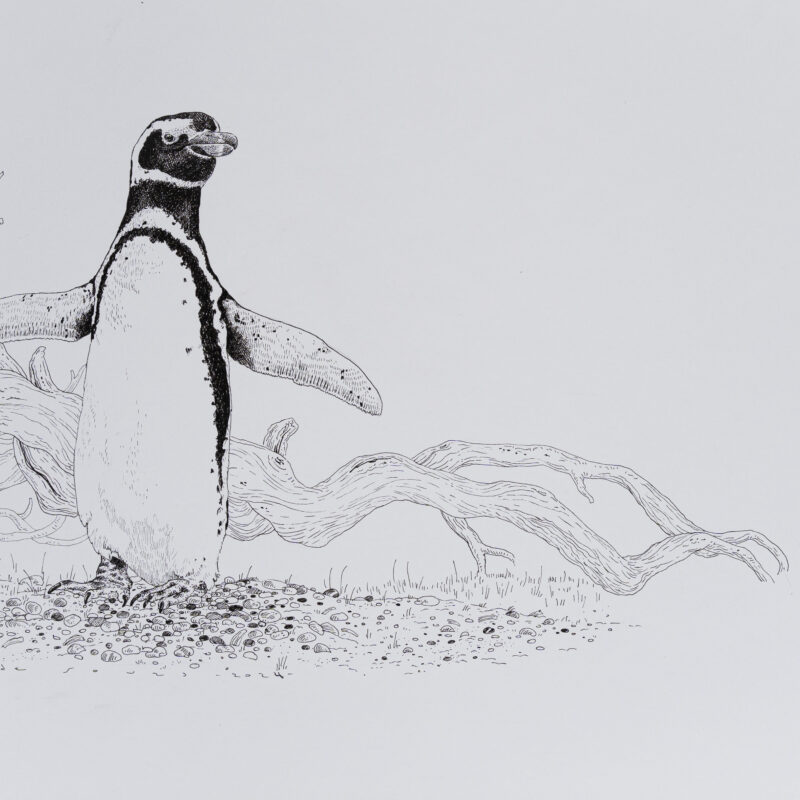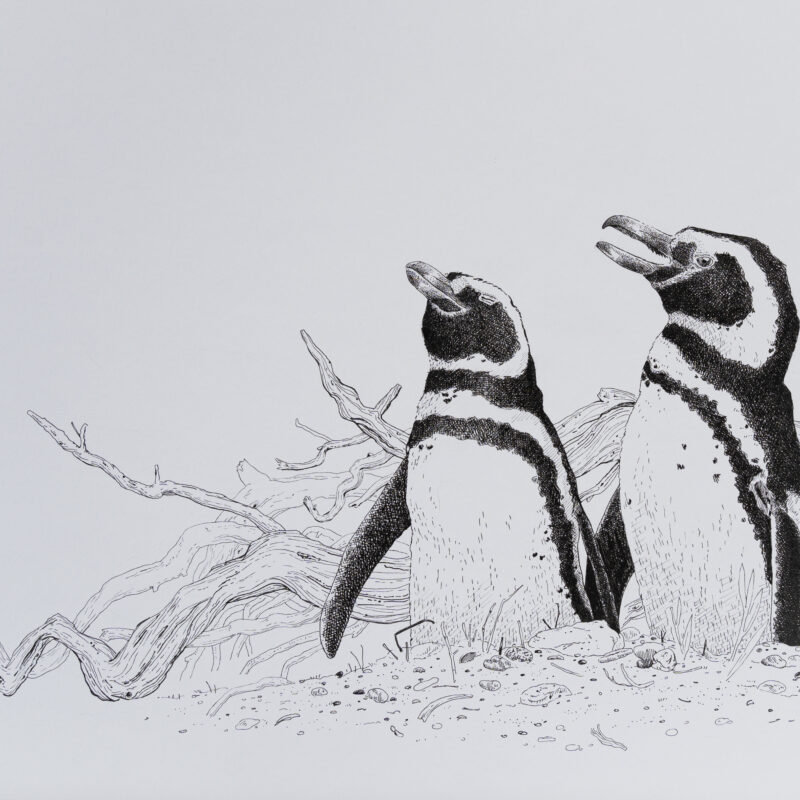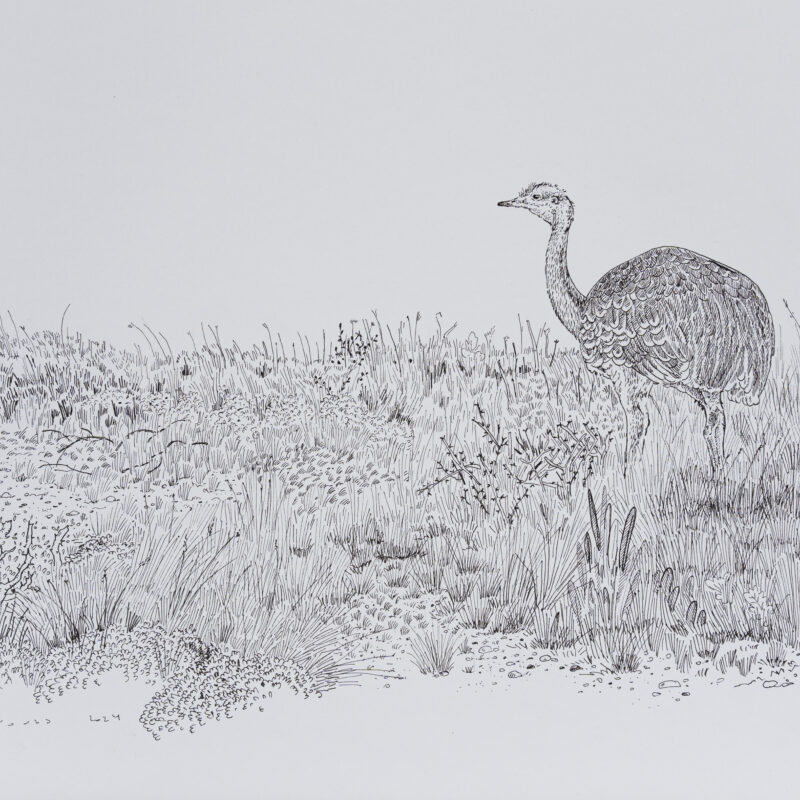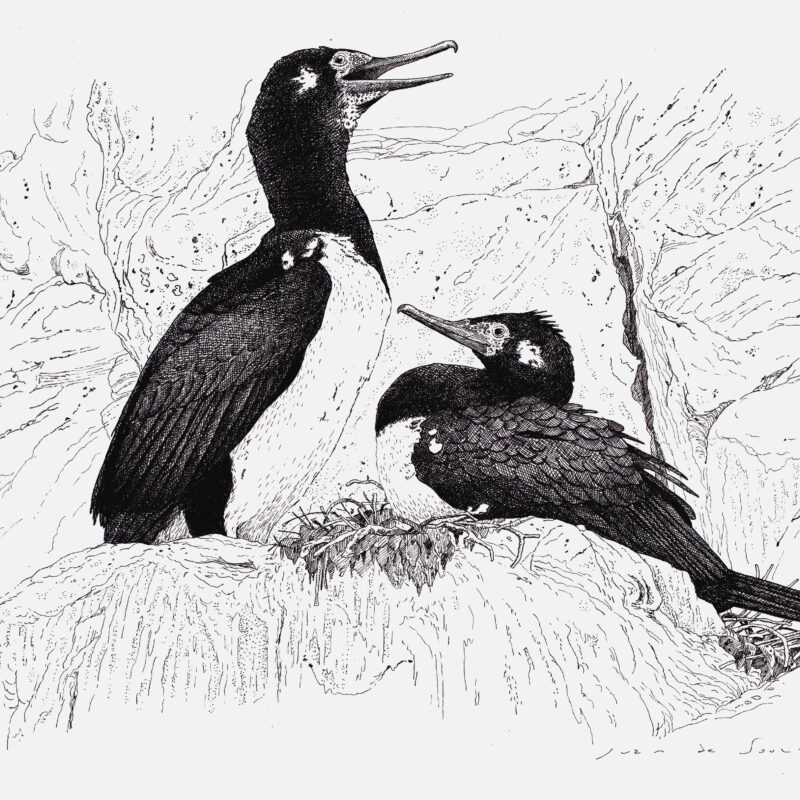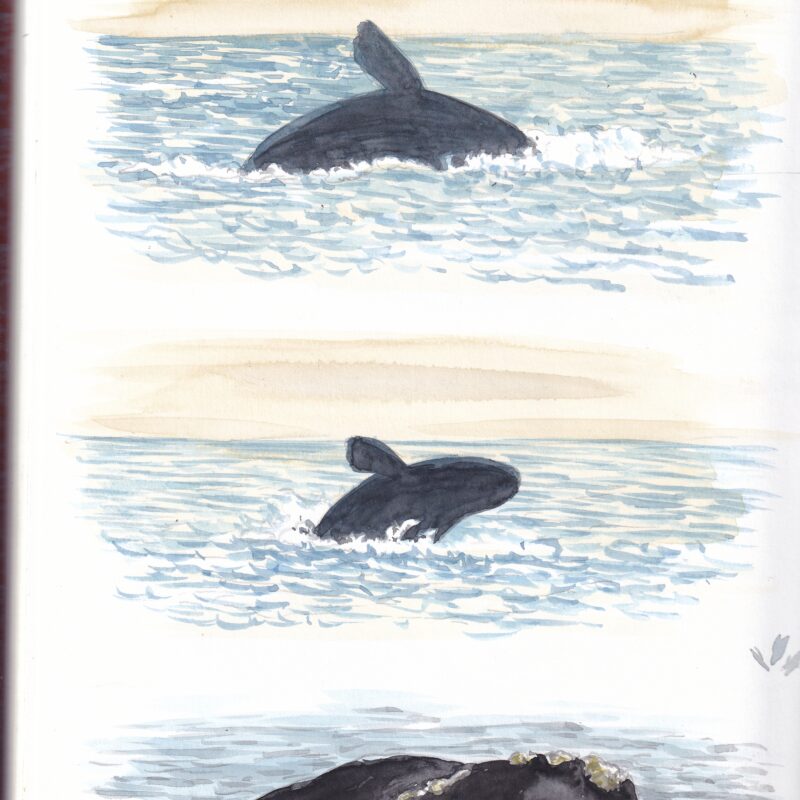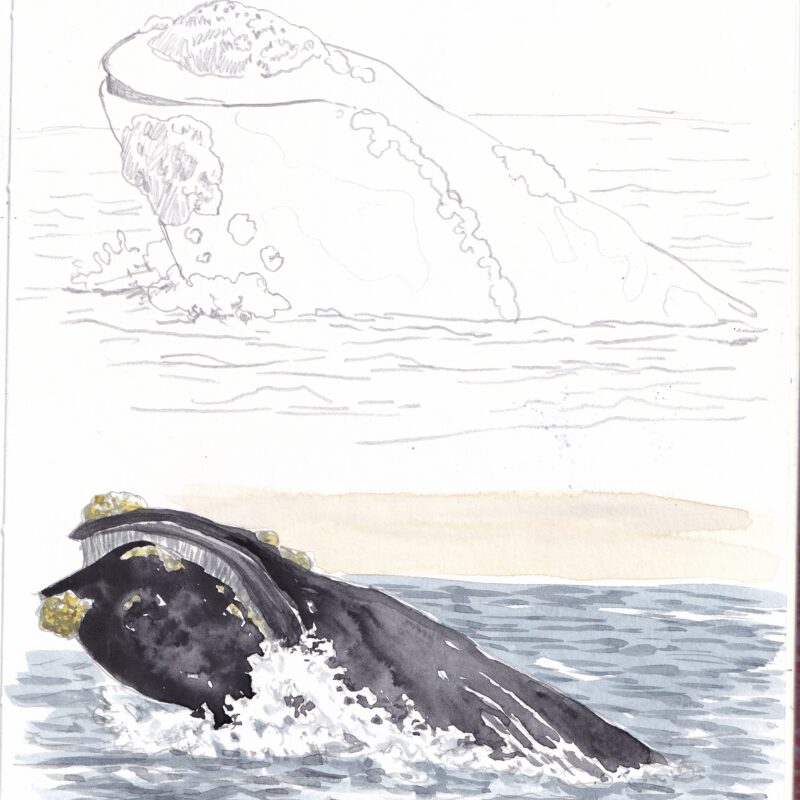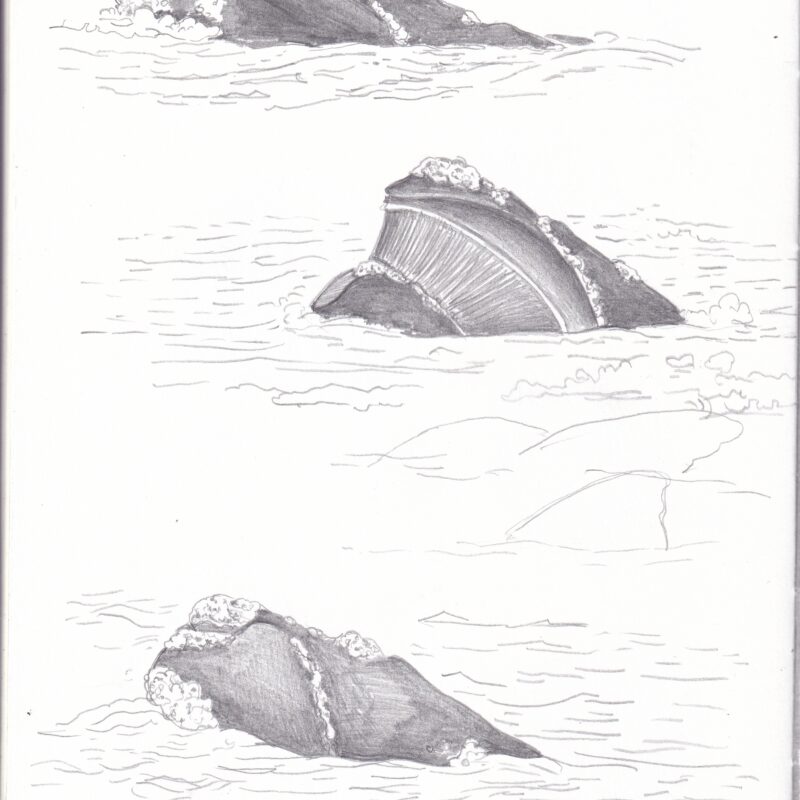Juan de Souza - The Natural Eye Bursary Winner 2023
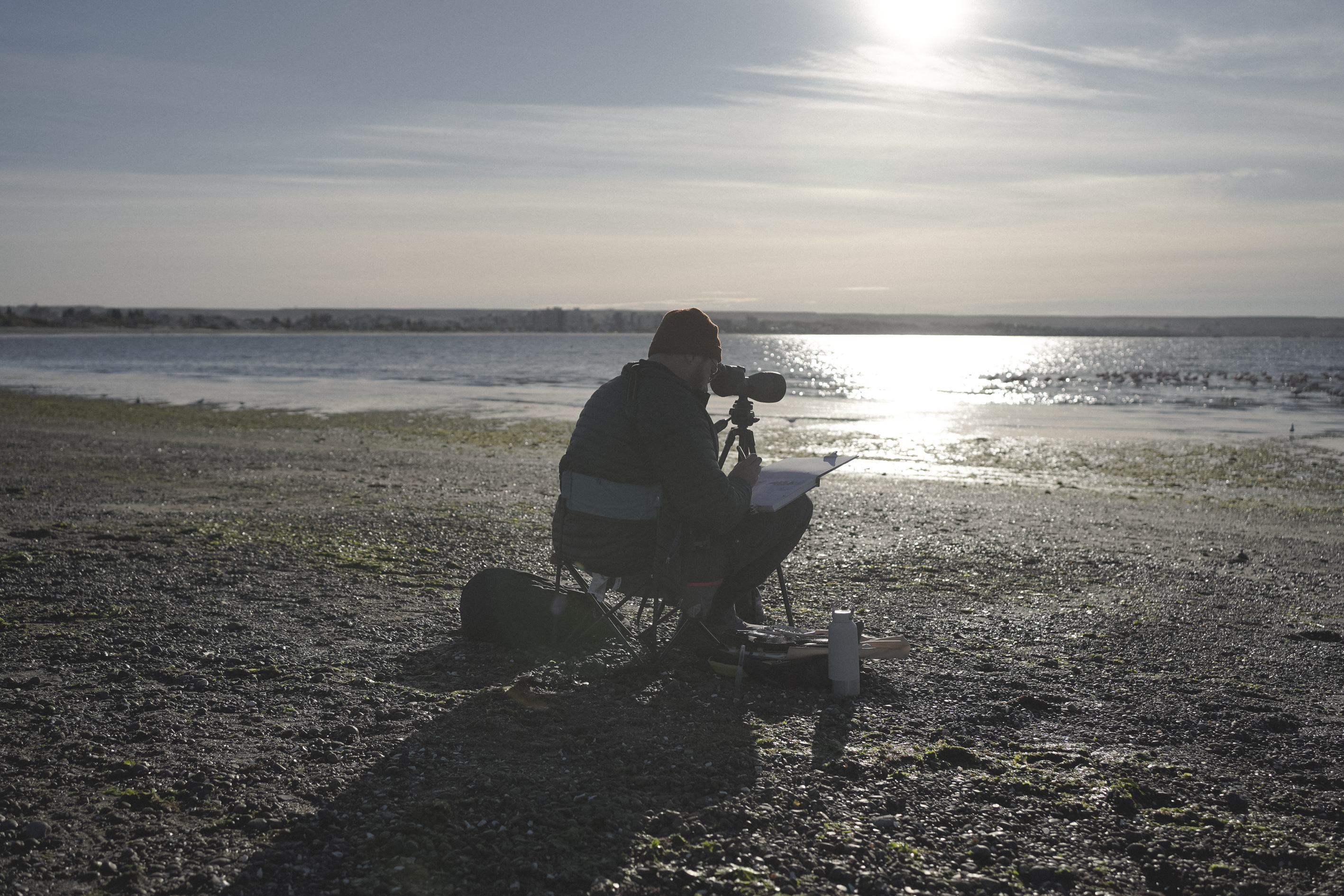
The sweet wild life is not over yonder somewhere, far away from human kind; it is just around the corner, wherever we happen to be on this wonderful earth.
John Burroughs
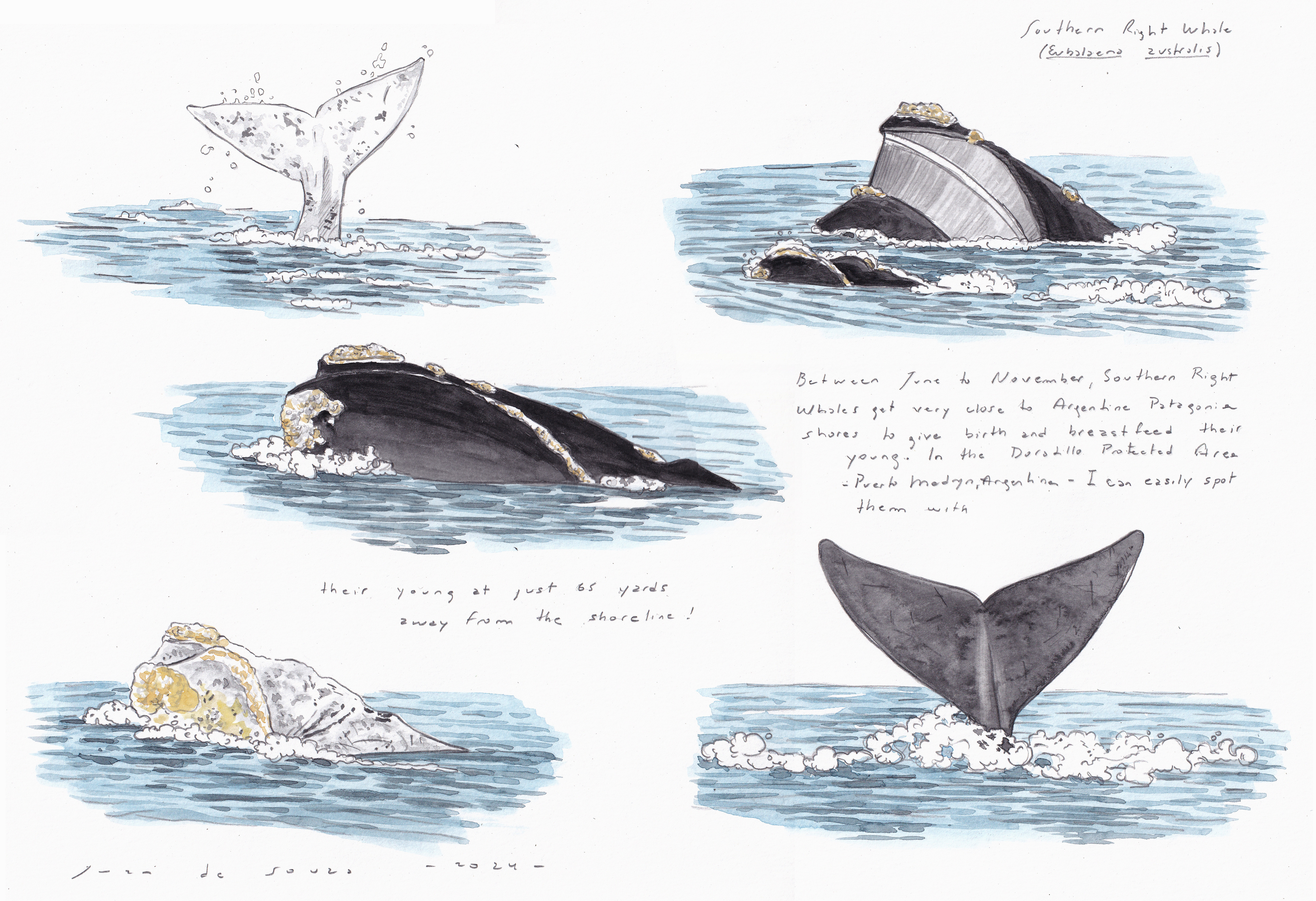
Through my project, I aimed to enhance my outdoor techniques in animal drawing. My artistic endeavour was based on the Peninsula Valdés Protected Area, located in Argentine Patagonia and recognized as a World Heritage Site. This remarkable area is home to southern right whales, orcas, Magellanic penguins, elephant seals, South American sea lions, guanacos (a native camelid), and numerous marine and migratory birds, either permanently or seasonally. Given the constant anthropogenic pressures in the region, one of my goals was to create a body of work that reflects the current conservation status of the Valdés Peninsula.
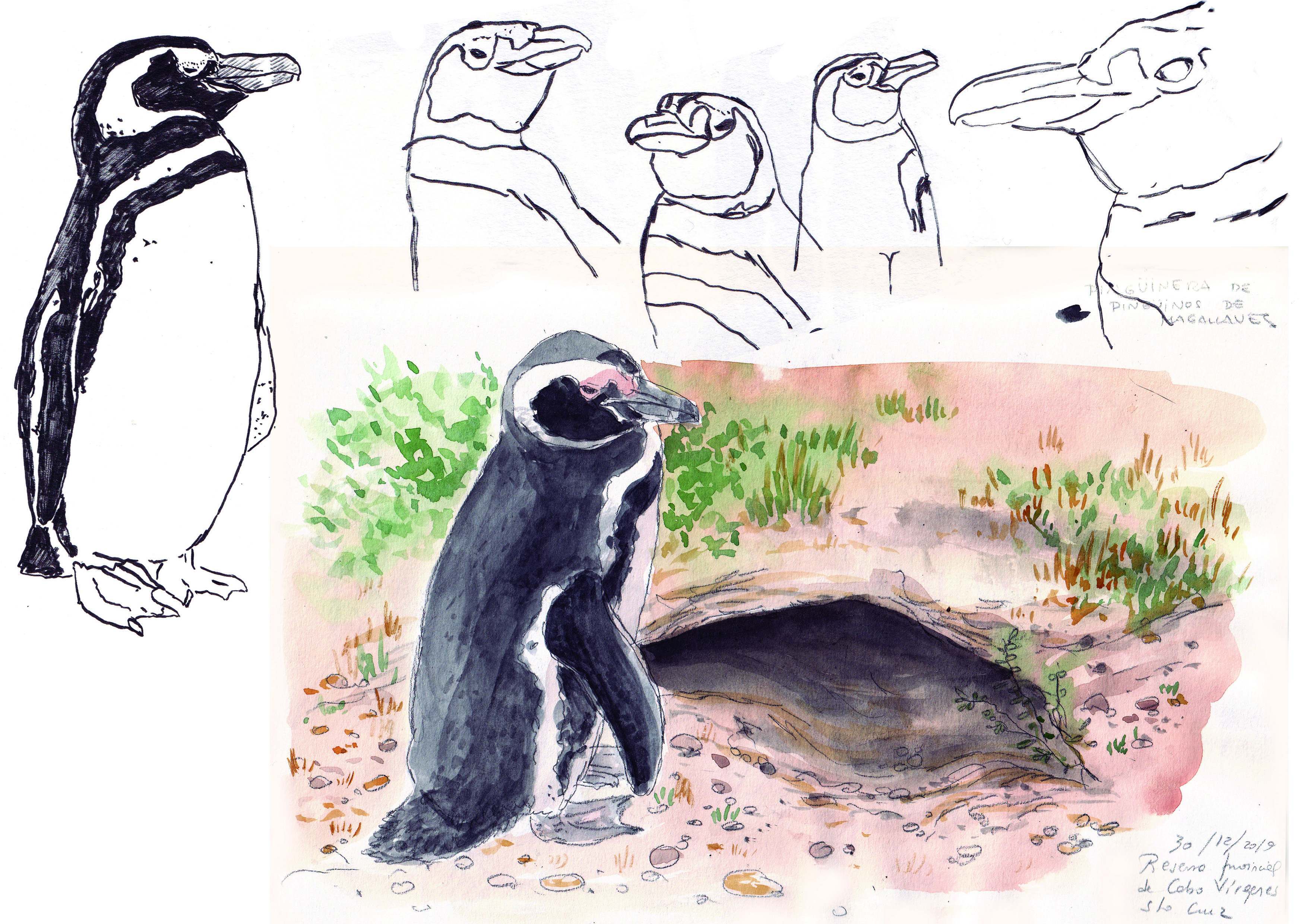
Due to stringent government restrictions in the area, I had to adapt my original bursary plan. Nevertheless, I managed to adjust and spend time in some significant locations across Peninsula Valdés, although for shorter periods. This experience has left me with indelible memories, several anecdotes, and deep gratitude for the kindness of the local residents.
From January to September 2024, I utilized graphite pencils, pens and India ink, watercolour graphite, coloured pencils, and watercolours in my sketchbooks. Later, in my studio, I reinterpreted some of these sketches in larger formats on paper.
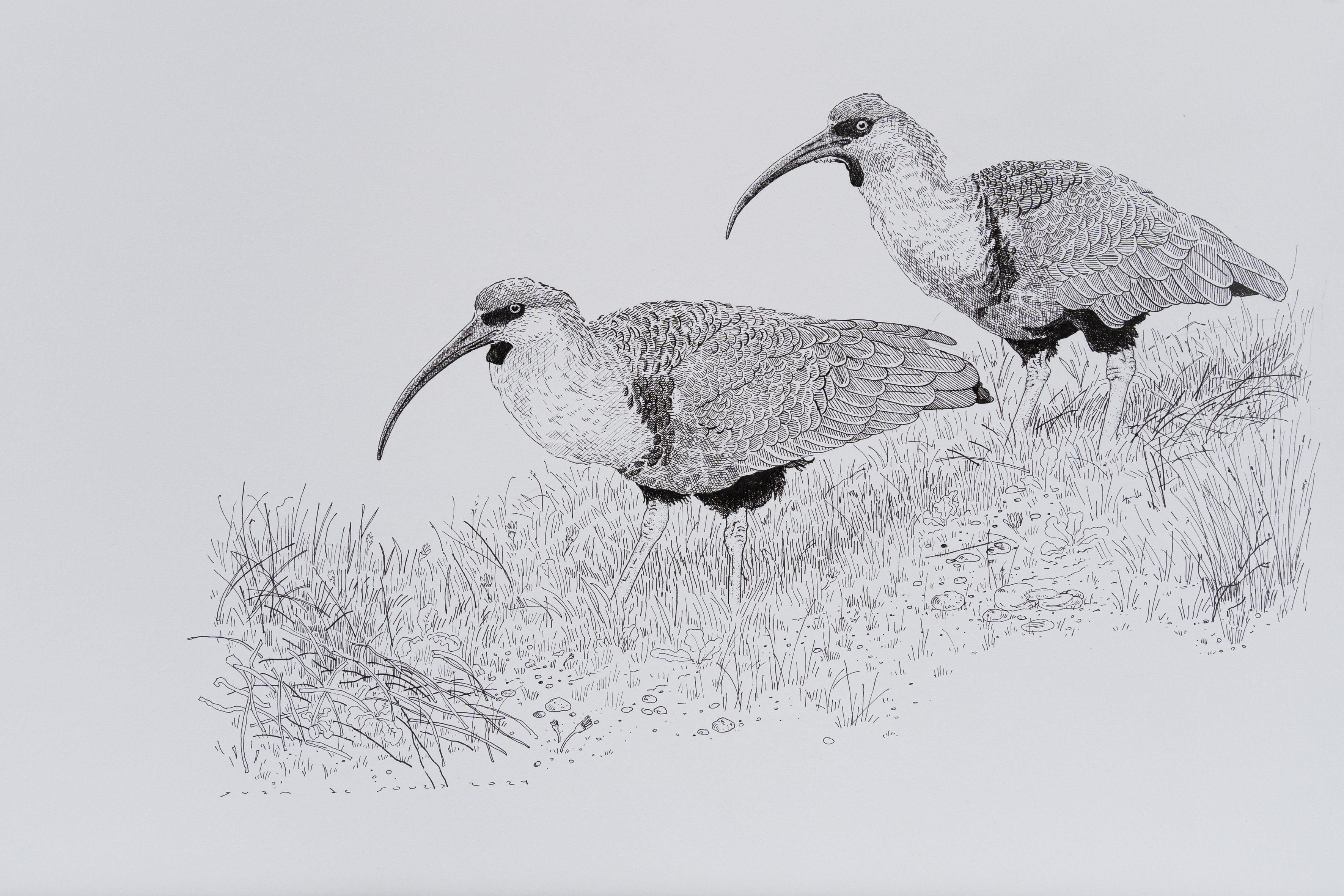
I worked along pebble beaches, sandbanks, steep cliffs, semi-desert plateaus, dunes, and in abandoned villages that nature has gradually reclaimed over the years. The vastness, solitude, and isolation of Patagonia create an environment free of unnecessary distractions; everything feels intensified. Meditation and introspection serve as the prelude and gateway to my artistic process.
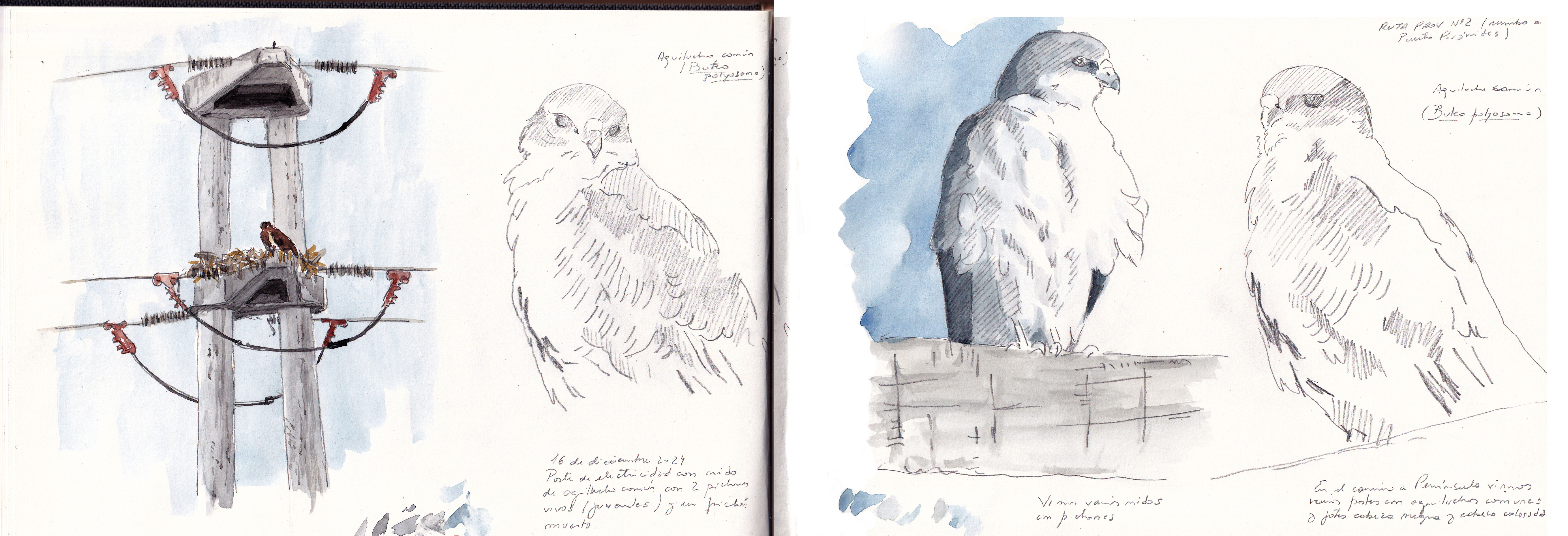
I encountered elusive orcas, herds of guanacos feeding by the seaside, solitary Darwin ́s rheas, a red fox stealthily approaching from the grasslands, and flocks of thousands of shorebirds foraging furtively. There is no clear distinction between the curious naturalist and the artist; everything intertwines. Emotions become complex, and the artistic work demands time—the sweltering 40°C heat and the relentless wind fade into insignificance. The discovery of new species and uncharted behaviours stirs in me a multitude of questions: How can I approach them artistically in a realistic, personal, ¿and engaging manner? What materials would be most suitable?
I embarked on this project fuelled by my love for nature and art, despite many uncertainties and reservations. I recognized my limitations in tools and maturity as an artist. As I filled my sketchbooks, a few recurring thoughts emerged to guide me throughout the year: to persist in exploring new techniques, to take risks and venture beyond my comfort zone, to maintain coherence and cohesion in my work, and, above all, to trust my artistic intuition.
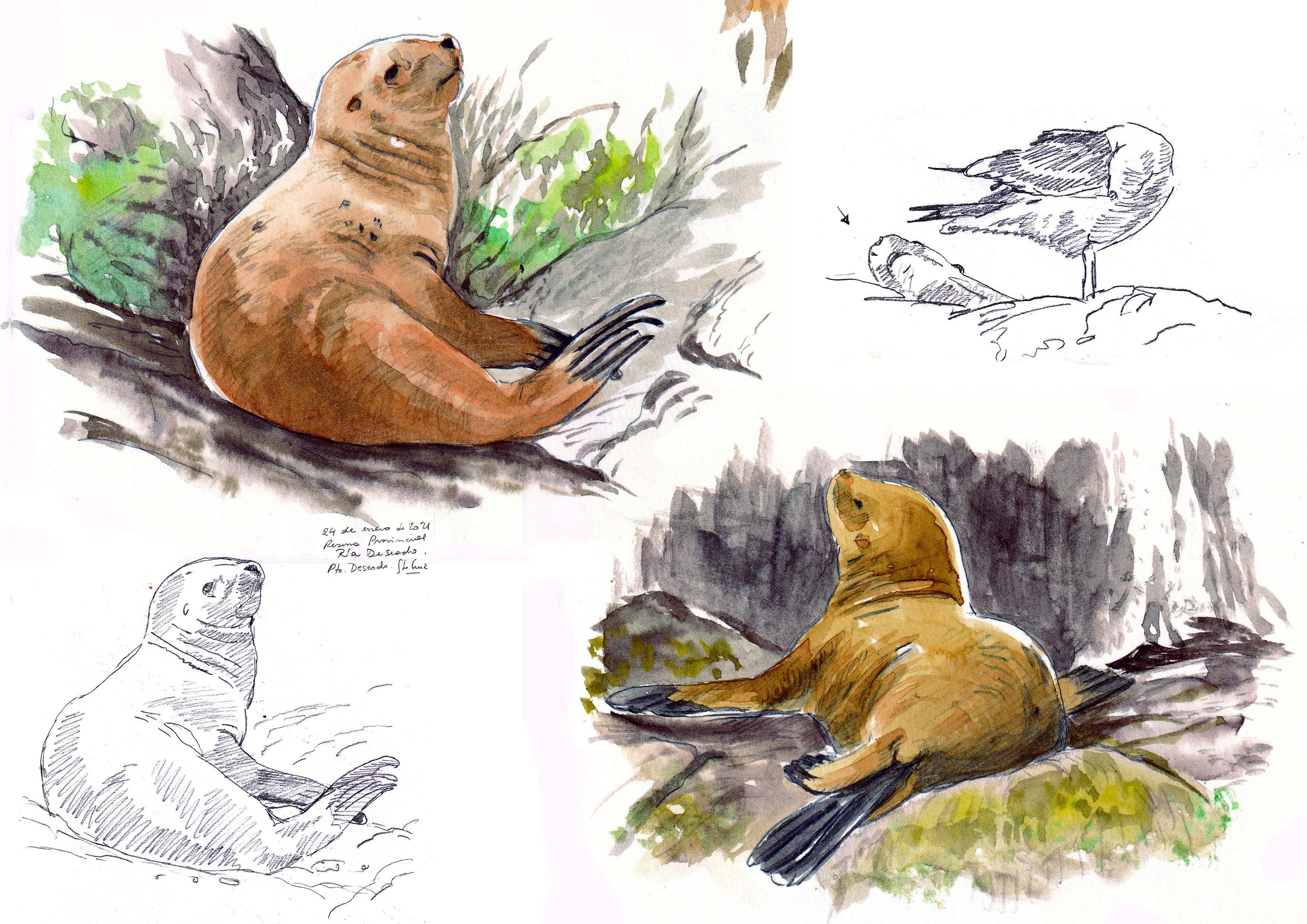
In Argentina, there is no established tradition of drawing wildlife outdoors, nor are there specific workshops or artist groups dedicated to wildlife art; even less so, a permanent exhibition and marketing circuit for such artwork. Consequently, presenting my work at the Natural Eye Exhibition 2024 was an especially moving experience for me. It was exhilarating to see so many creations by artists I admire, meet several of them in person, and appreciate their work up close. The warmth and hospitality I received made me feel right at home, even so far away.
In conclusion, I would like to express my heartfelt gratitude to everyone at SWLA for supporting my artistic development and providing me with the opportunity to freely experiment with my drawings in such a beautiful natural setting. I learned immensely throughout this process and feel as though I’ve only just begun.
